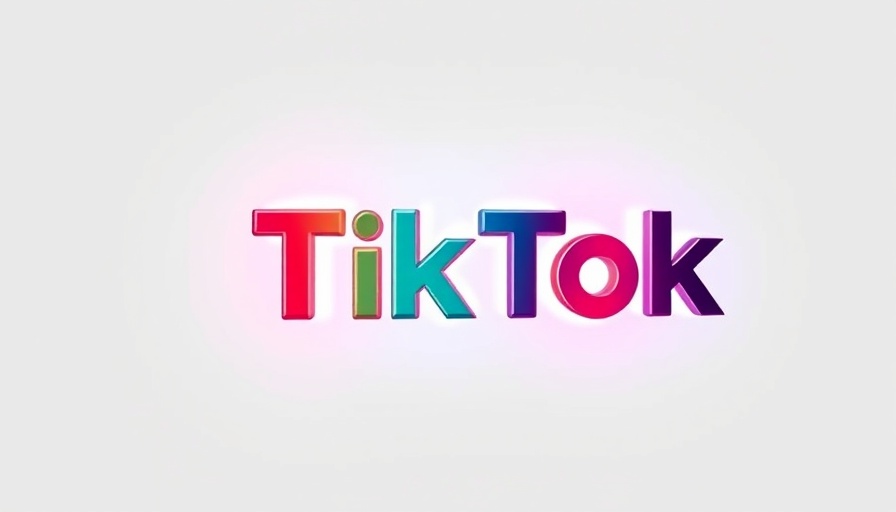
Understanding TikTok's Transparency Report: What Parents Should Know
TikTok has recently released its Transparency Report for the second half of 2024, marking a significant step in how the platform handles enforcement actions within the European Union. This report, while lengthy at 329 pages, holds crucial insights for parents concerned about their children's online safety. It reveals the ongoing efforts to combat misinformation, particularly in the context of political ads, AI-generated content, and the manipulation of user interactions.
The Rise of Political Ads on Social Media
One of the pivotal statistics from the report is the removal of 36,740 political ads from TikTok. This number illustrates a growing concern about the misuse of the platform for spreading political messages. TikTok clearly states that political ads are not permitted, but despite these rules, various political groups still attempt to leverage the app’s vast reach to promote their agendas. For parents, this raises questions about the kind of content children may come across, especially during sensitive electoral periods.
Tackling Fake Accounts and Manipulated Engagement
In an effort to promote authentic user interactions, TikTok also reported the removal of nearly 10 million fake accounts and 460 million fake likes attributed to these profiles. These actions are necessary to maintain a genuine environment on the app and reduce the chances of children being influenced by manipulated content. With so many interactions potentially stemming from fake accounts, parents should be aware that not everything seen on TikTok can be trusted.
Addressing AI-Generated Content
Alongside the removal of political ads and fake accounts, TikTok has also focused on AI-generated content, removing over 51,000 videos that violated policies regarding synthetic media. This is a crucial point for parents as AI technology continues to evolve and find its way into everyday content creation. TikTok has implemented C2PA Content Credentials to label AI-generated content distinctly, and it is commendable to see the platform take proactive measures against misinformation. It appears that efforts to control misleading AI content are ongoing, which is vital for maintaining a safe space for users, especially minors.
What This Means for Parents
Given these updates, it is essential for parents to engage in open discussions with their children about the type of content they consume on platforms like TikTok. Reinforcing the importance of skepticism towards content, especially anything labeled as political or overly sensational, can help children develop critical thinking skills regarding media consumption.
Strategies for Monitoring and Supporting Safe Engagement
As the landscape of social media evolves, so should parental strategies for overseeing children's online interactions. Educating kids about the implications of misinformation and the existence of fake accounts can empower them to be cautious. Utilizing parental controls and monitoring features available on platforms can give parents extra peace of mind. The tools and resources available for monitoring and discussing online behaviors can seriously enhance children's safety.
In conclusion, as TikTok continues to navigate the challenges of content moderation within a rapidly changing digital environment, parents must remain actively involved in their children’s social media experiences. The insights gained from TikTok’s Transparency Report indicate a commitment to tackling prevalent issues, but ongoing conversations are needed to ensure that children remain safe and informed users.
To learn more about effective ways to guide your children in navigating the digital landscape safely, check out our resources on parental controls and online privacy for kids.
 Add Row
Add Row  Add
Add 




Write A Comment